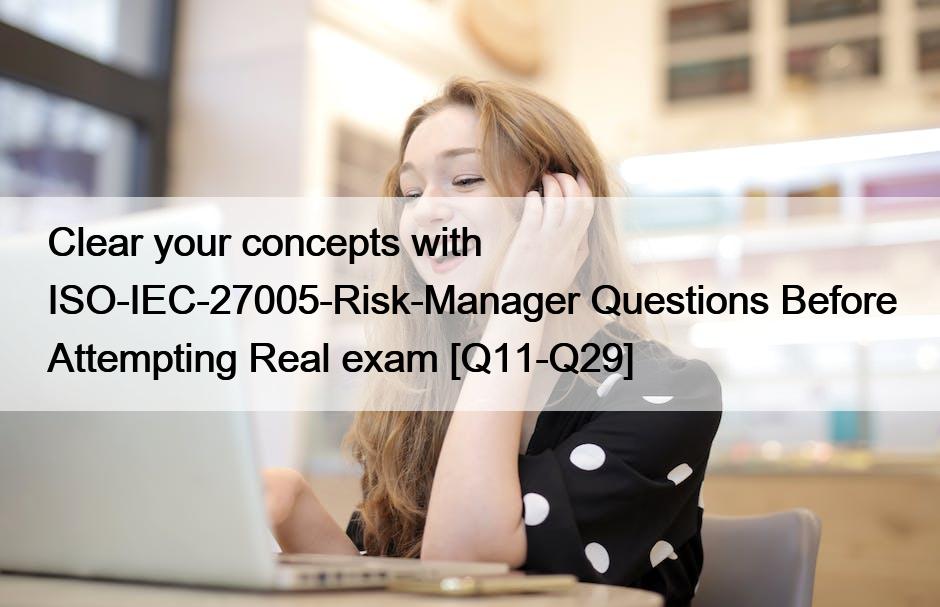Clear your concepts with ISO-IEC-27005-Risk-Manager Questions Before Attempting Real exam
Get professional help from our ISO-IEC-27005-Risk-Manager Dumps PDF
Achieve the ISO-IEC-27005-Risk-Manager Exam Best Results with Help from PECB Certified Experts: https://www.actualtests4sure.com/ISO-IEC-27005-Risk-Manager-test-questions.html






